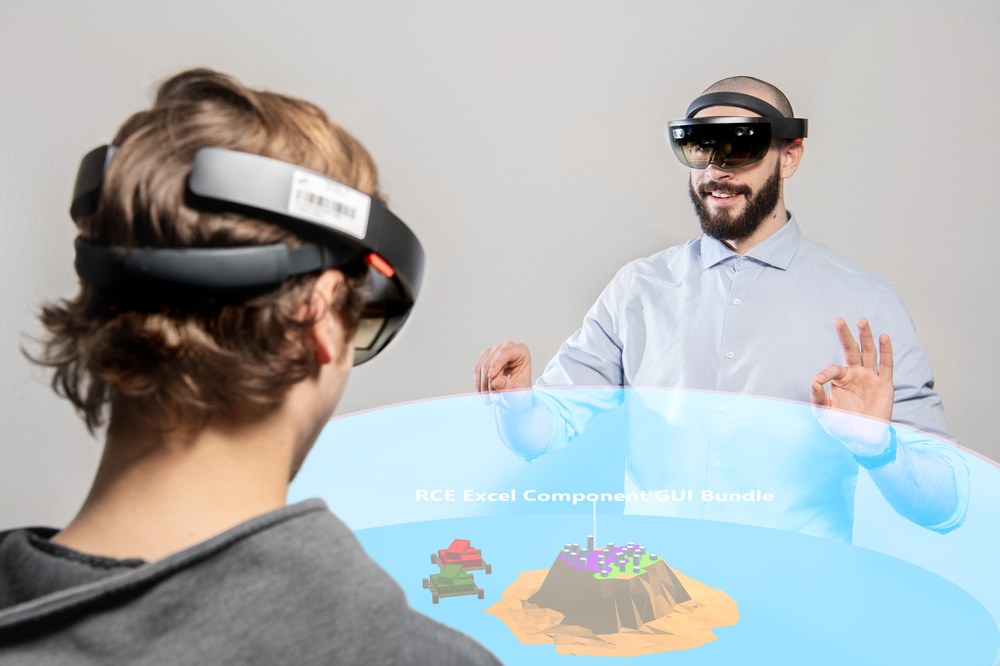Intelligent and Distributed Systems Department



The department of Intelligent and Distributed Systems focuses on the study, design and improvement of complex systems and complex processes in DLR’s research and application contexts.
Traceability throughout the process cycle
The aim and vision of the Intelligent and Distributed Systems department is to make complex processes understandable, traceable, reproducible and automatable. This applies to processes as diverse as software development, simulation, certification, human and machine learning, and human interaction with computers, AI and information.
In the complex engineering processes of aerospace, we use our methods to analyse and improve the entire lifecycle at all process levels.

A process typically starts with the development of the necessary software for design, simulation and data analysis. This is followed by the networking of these areas into automated workflows that can be processed by researchers in distributed and decentralised infrastructures. Finally, the data and information generated will be used and evaluated, for example using artificial intelligence methods or visualisation. The secure, reliable and trustworthy transfer of process data to partners or certification bodies plays a central role throughout the entire process.
To improve intelligent, interactive software systems, we develop artificial intelligence methods (deep learning, etc.) and try to make them explainable (Explainable AI). Examples include highly usable user interfaces, intelligent voice assistants and visual exploration tools for information and knowledge sources.
Provenance is an important building block for understanding complex processes and assessing them for trustworthiness and compliance. All process steps are seamlessly and reliably documented according to a semantic provenance model and then analysed according to the relevant questions.
Understanding and accessibility
The department also seeks to make complex systems tangible, understandable, secure and user-friendly.
Examples range from software systems, platforms, networks and networked systems to social networks, socio-technical systems and decentralised data platforms such as repositories, digital twins or blockchains.
Our vision is to make complex systems tangible and understandable. By software visualisation, we achieve tangibility and comprehensibility, be it for software systems, distributed hybrid platforms or service infrastructures. We visualise the structures and properties of such systems, which have no representation in our tangible physical reality, using appropriate visual metaphors with graphical structures. Properties such as size, maintainability, performance or security vulnerabilities are graphically represented in the visualisation and can be interactively filtered as required. In this way, the structures can be interactively experienced and explored - either in 2D as a web application or in 3D with Virtual Reality devices.
